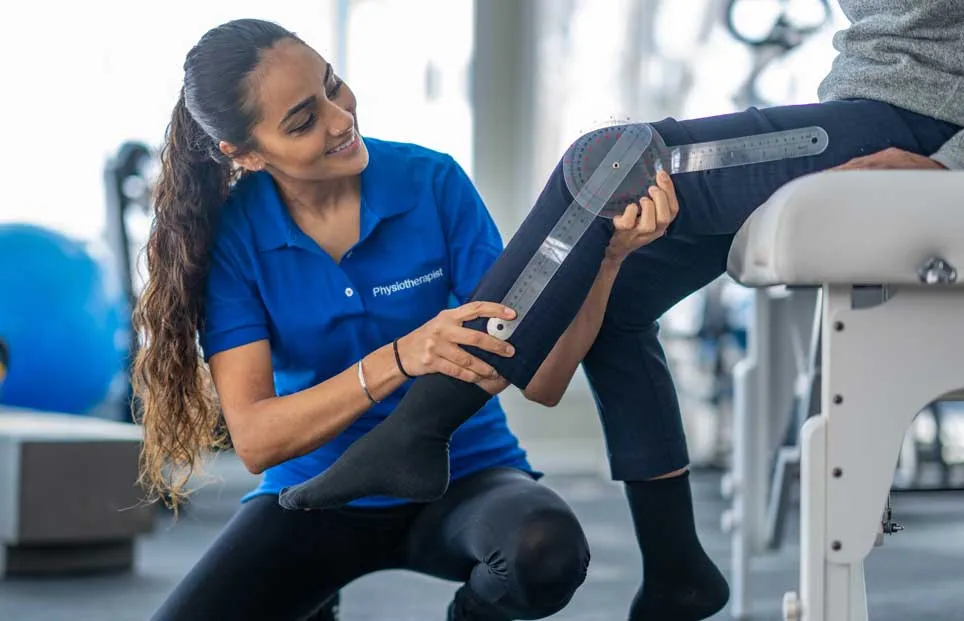Enhancing Rehabilitation Via Physical Treatment After Surgery
Enhancing Rehabilitation Via Physical Treatment After Surgery
Blog Article
Rehabilitating from an operation can be a difficult process, but rehabilitation therapy plays a crucial role in helping individuals regain their power and movement. After the procedure, the body needs time to recover, and physical therapy provides a systematic approach to healing. This process not only centers on physical rehabilitation but also emphasizes the importance of mental well-being. By participating in physical therapy, patients can enable themselves to take control of their healing and enhance their overall quality of life.
Physical therapy after surgery typically starts with an evaluation by a certified physical therapist. This expert assesses the patient's status, including their range of motion, strength, and pain levels. Based on this evaluation, a customized treatment plan is created. This plan may include exercises to improve flexibility, strength training to restore muscle, and methods to improve balance and coordination. The therapist will lead the patient through these workouts, making sure they are executed safely and efficiently. This customized approach helps patients progress at their own pace while addressing their specific needs.
One of the key advantages of physical therapy is pain management. After surgery, many patients experience discomfort or pain, which can hinder their ability to move and participate in daily tasks. Physical therapists use different methods, such as hands-on therapy, treatments like heat or ice, and targeted workouts, to help reduce pain. By managing pain effectively, patients can participate more completely in their recovery exercises, leading to faster recovery. Additionally, learning how to manage pain can enable patients to assume an engaged role in their recovery process.
Another important aspect of rehabilitation is instruction. Patients are informed about their status, the healing process, and the significance of following to their recovery program. This understanding helps patients understand what to expect during healing and the role they have in their own healing. Physical therapists also provide guidance on how to adjust click for more info daily tasks to prevent further injury and encourage healing. This informative component encourages a sense of independence and confidence, allowing patients to feel more empowered of their healing journey.
In conclusion, physical therapy is an integral component of healing after surgery. It not only aids in physical rehabilitation but also supports mental and psychological well-being. Through customized treatment plans, pain management techniques, and informative support, rehabilitation empowers patients to manage of their healing. By actively engaging in their recovery, individuals can regain their strength, improve their mobility, and enhance their overall standard of life. Accepting physical therapy after surgery can lead to a successful and fulfilling recovery experience.